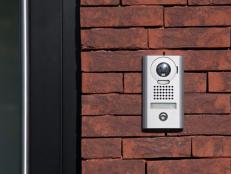Keeping Pets Healthy While Flying
Our pets are some of our best friends — that's why so many owners can't imagine traveling without them. Usually, that's an easy fix: Pack the car with a safety harness and some food and water, and you're good to go. But when the trip involves flying, precautions are more complicated. Find out the precautions you need to take to keep your pet healthy while flying.
“The first thing is to decide if you really need to take your animal with you,” said Dr. Kimberly Anne May, a spokesperson for the American Veterinary Medical Association. If the answer to that question is a resounding yes, make sure your pet is microchipped and its tags are up-to-date. Read on for Dr. May's tips for smart and healthy flying with your pet, and then check the AVMA's website and the Catalyst Council for additional information.
Study the Airline's Policies
Determine Whether Your Dog Is at a High Risk
Short-nosed dogs — which include pugs, Boston terriers, boxers, bulldogs and others—are known to have respiratory issues even when no air travel is involved. Add a pressurized flight and you could have a problem. “There was a recent study about deaths of dogs on airplanes; these were generally in crates, not in the cabin with people,” said Dr. May. “The study identified the risk factors, and one is that short-nosed dogs have a higher death rate.” As a result, some airlines won't fly those types of dogs. For more info, check the AVMA's website.
Get a Health Certificate
Get the Right Carrier
Sedation?
Even with all this planning, sometimes your furry friend won’t feel great even after you’ve landed, whether the cause is flight-related stress or a new environment. “Ideally, you want to know of a vet clinic at the destination,” said Dr. May. To find one, she suggests www.myveterinarian.com, a site that searches by zip code and also highlights the closest emergency clinics.
With that last piece of info squared away — along with some pre-vacation planning and a trip to the vet — you’ll be well prepared to keep your best friend healthy and happy while flying the pet-friendly skies.
Billie Cohen is a travel writer living in Brooklyn. She's covered the Northeast, the Far East and many places in between.
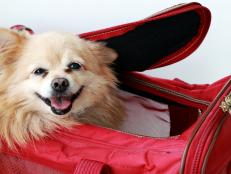
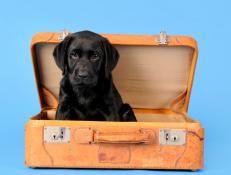
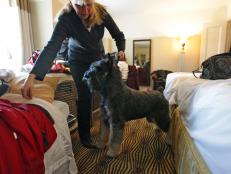


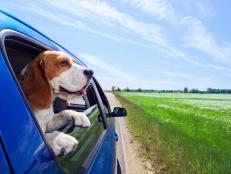

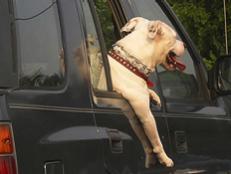



















.jpg.rend.hgtvcom.231.174.suffix/1674758726773.jpeg)







